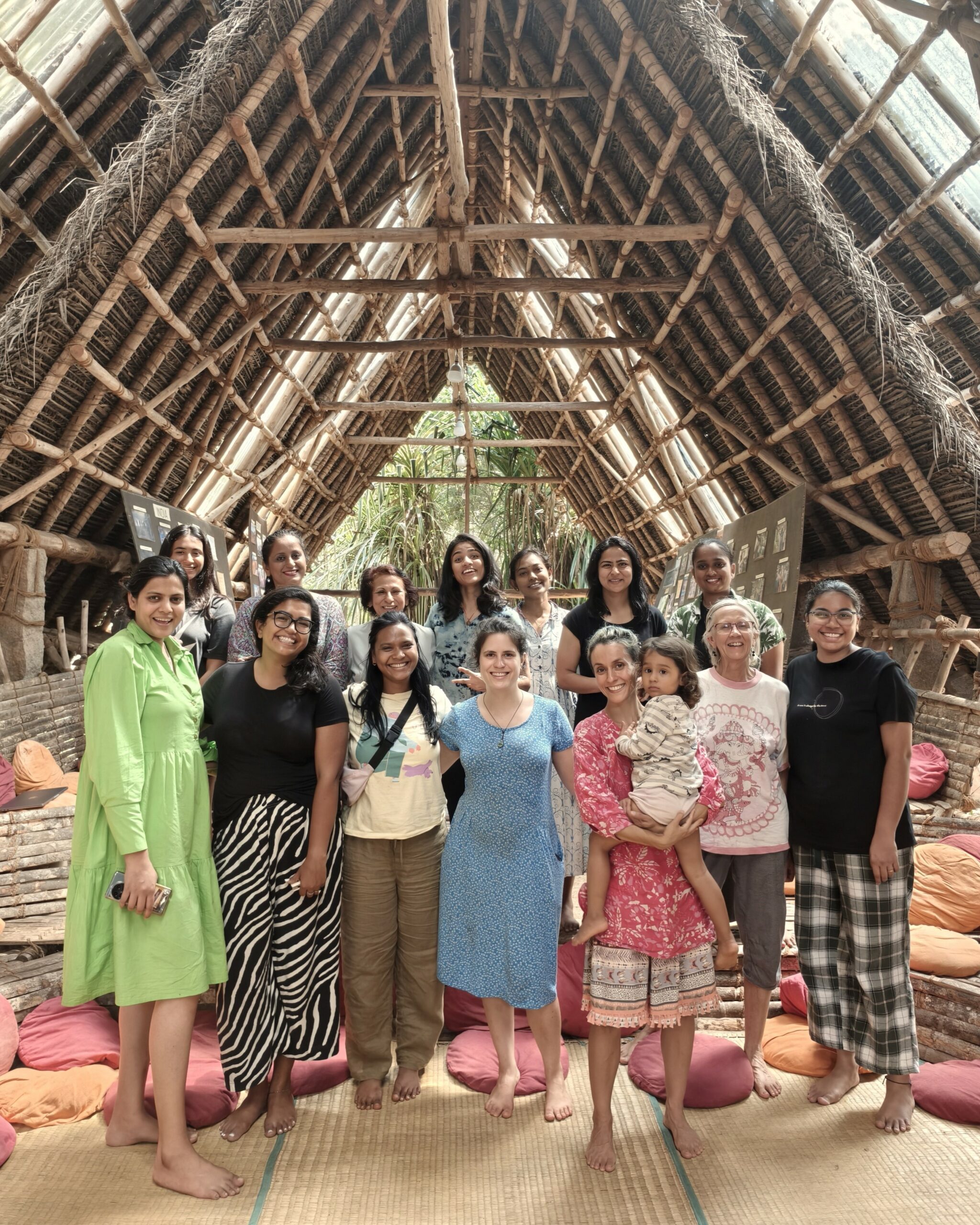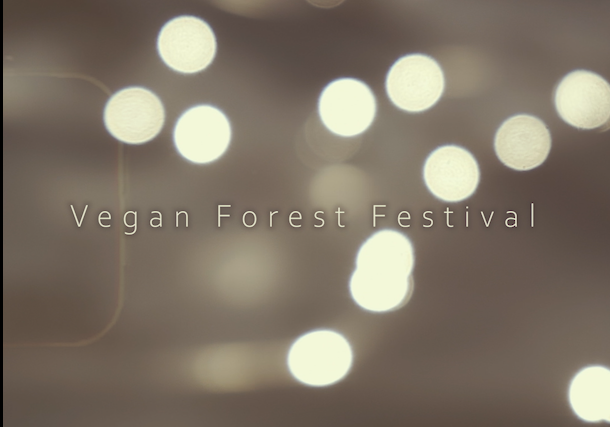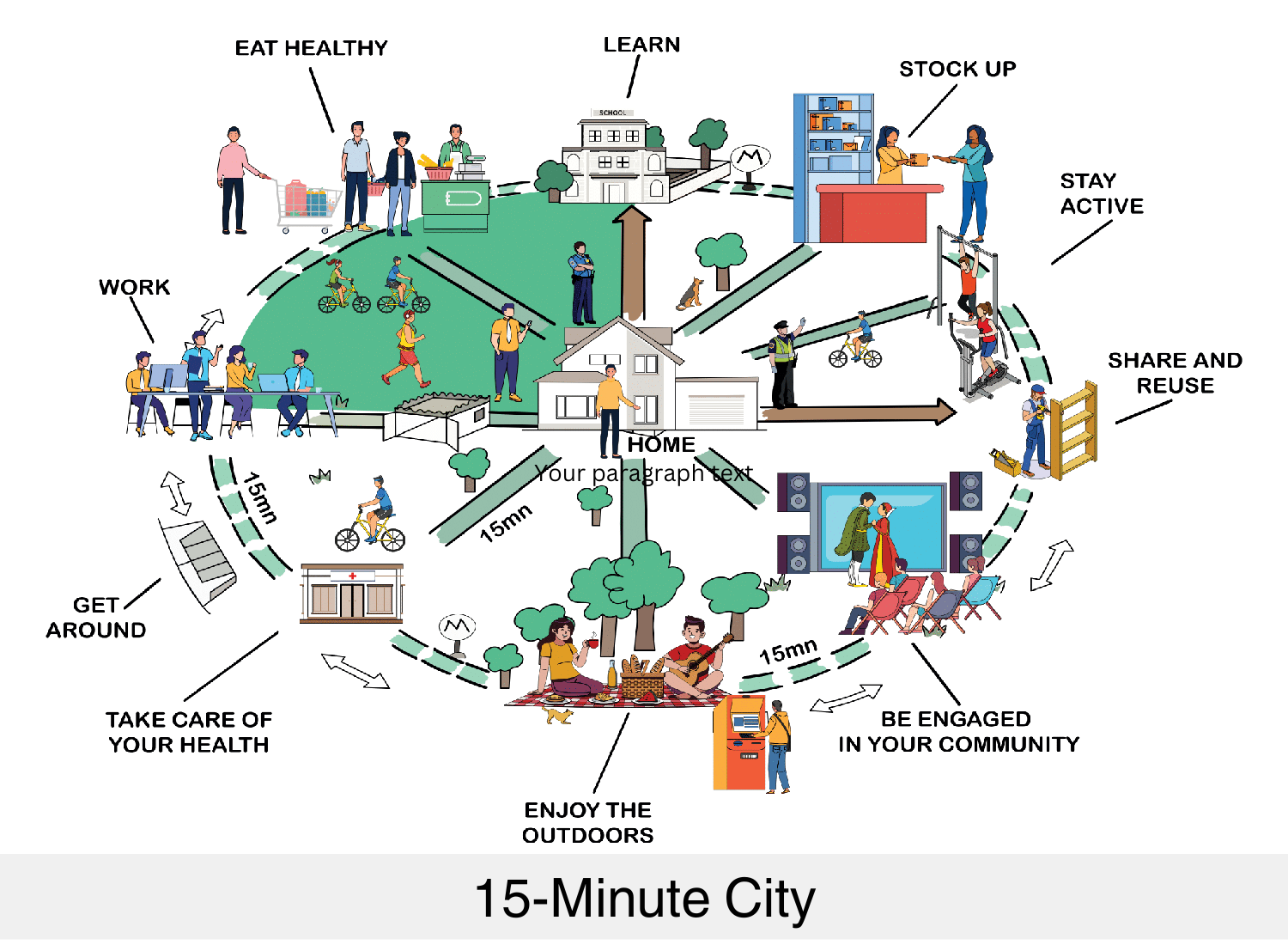At the moment we are still in the stages of fundraising for the infrastructure of Sadhana Forest Kenya.
Food Forests (Forest Gardens, Garden of Eden)
Sadhana Forest Kenya’s focus is on creating a demonstration site of an indigenous food forest (forest garden). Some people have referred to these systems as “Gardens of Eden” as they are very abundant in food and do not need much maintenance once established.
Mature forests are systems that take care of themselves; they do not need any human care because they are a healthy, functional, and vibrant ecosystem. A food forest is basically a forest system that produces food. The idea of a food forest is to observe natural forests and to replicate the symbiotic system we see in nature. In a food forest we try to find species that, as well as their essential part in the forest ecosystem, will also produce food. This means that we try to find ground cover, grasses, shrubs, climbers, lower canopy trees, and higher canopy trees that produce food. Sadhana Forest Kenya will interplant different food-bearing, indigenous species together and hopefully after a few years will start to observe the establishment of a vibrant forest system, including the interplay between the different plant species.
Feeding The Soil
Sadhana Forest Kenya is located in an area where the soil has been degraded for many years. When we try to grow a garden or a food forest in wasteland areas we have to first address soil degradation.
Our initial focus will be on intensive water conservation, soil erosion control, and building top soil. To have a healthy food forest you have to ensure that you have a substantial amount of top soil (the top layer of soil containing organic matter, nutrients, biomass, bacteria, insects, etc.). There are a few essential steps to create top soil:
- Soil erosion control – makes sure soil does not erode (wash away) due to heavy rains. This is done by planting deep rooting species (such as Vetiver) that hold the soil and are very efficient in soil erosion control. Other methods of soil erosion control employed are the constructing earthworks, such as on-contour swales and bunds. To illustrate, on-contour swales are water harvesting ditches built on the contour of a landscape. This type of swale is created by digging a ditch on contour and piling the dirt on the downhill side of the ditch to create a berm. In arid climates, vegetation (existing or planted) along the swale can benefit from the concentration of runoff. Swales are flat on the bottom because they are designed to slow water down to a standstill, eliminate erosion, infiltrate the surrounding area with water, and recharge the groundwater table. When water moves along the flat bottom of a swale, it fills it up at the same rate in all parts of the swale. The water in a swale is therefore passive; it does not flow the way it would on a slope. Swales accumulate top soil, increase soil moisture, fertility and productivity, and therefore enable the growth of beneficial plants as well as dramatically reduce soil erosion.
- Covering the soil with bio-mass (also known as feeding the soil or mulching). In natural forests the soil is always covered with biomass. Biomass (fallen leaves, twigs, branches, etc) is always deposited on forest floors and slowly decomposes in natural systems. When we create a food forest we try to imitate what we observe in a natural forest. Sadhana Forest Kenya implements techniques such as “chop and drop”, which basically is a system of pruning all or part of a tree/plant, while leaving the roots intact in the ground. The pruned material is then “dropped” where harvested on-site. The organic matter that has been deposited on the ground will decompose and continue to feed the soil.
Fertiliser/Compost
In Sadhana Forest Kenya we plan to install composting toilets which will help us create humanure (human compost) that we can use in our food forest. To read more on how our composting toilets work “click here”. We will also use our food scraps from the kitchen to create compost for our food forest.
What We Grow
At the moment we have compiled a list of potential indigenous species that we plan to grow in Sadhana Forest Kenya. We are still researching and the list is not finalized. Some of the potential species we plan to grow are: list here
For more detailed information of the benefits and uses of each plant “click here”.



